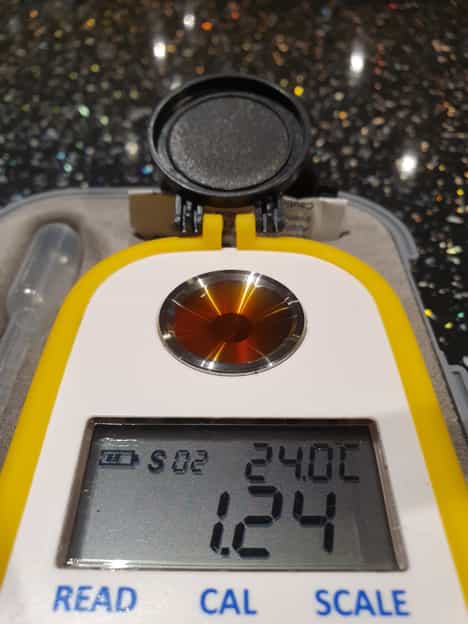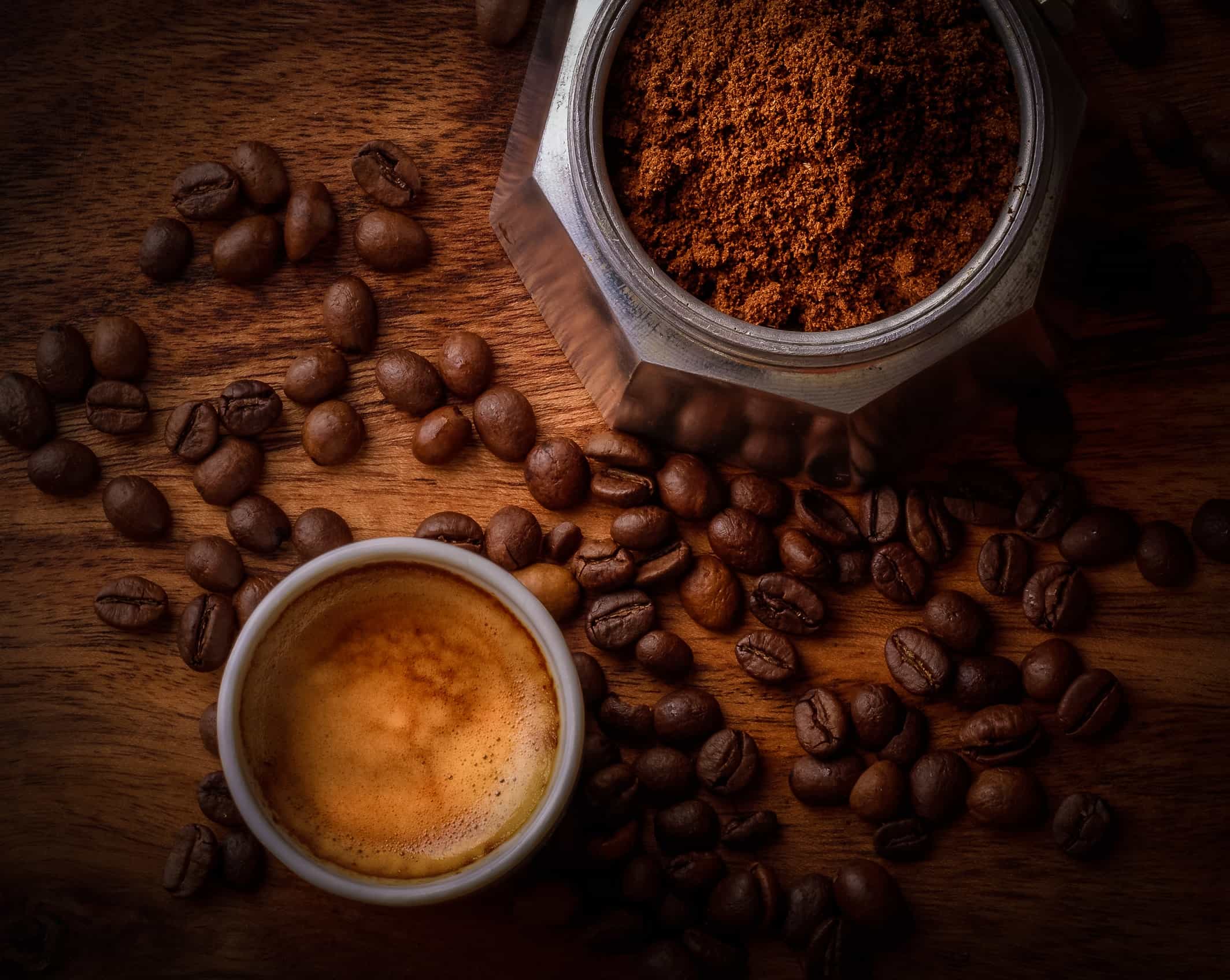'Strength' in coffee
12 Jul 2019
Defining 'strength'
The word 'strength' when used in the context of coffee is often used inappropriately. The strength of the brew is determined by the amount of coffee dissolved in the brew water, the amount of dilution will differ between different brew methods. We can measure strength in coffee using a refractometer and refer to strength using TDS (Total dissolved solids). For espresso brewing, there is a large window of 8% - 12% TDS. The significance of these numbers will become more apparent as you read on.
How to measure strength
To measure the strength of a brew we must have a controlled environment with clean measuring and ancillary tools. When using a refractometer, you will need to ensure that the glass prism is clean and free from debris as this will block light and cause dud readings. we use a pipette or syringe to dose the manufacturers recommended amount of the sample. (if dosing an espresso sample it is recommended to use a filter) You will then press the 'Read' or 'go' button to activate the device and produce a reading. It is recommended to perform this action 3 times to guarantee accuracy.
How we perceive strength in coffee and our preferences
When brewing for espresso, as previously mentioned, there is a large window for maneuvering. Between 8% and 12% TDS is where the universal brewing control chart suggests you should aim for an objectively 'brewed correctly' cup. However, we know from experience that even though you may have 'brewed to recipe', let’s say 10% TDS, the brew may still taste strong, harsh and overpowering for the method in which you serve the beverage. So, you would not be incorrect in altering your brewing procedures to achieve a lower TDS and therefore weaken the brew. This may even highlight more nuanced flavors that previously you could not perceive due to the high strength of the previous brew.
With this in mind, there is a direct tie between a coffees solubility (TDS reading) and roast degree. If we were to compare a conventional 'Dark roast' and a typical 'light roast' (excuse me for using those terms) both brewed in exactly the same way, you would see that the 'Dark roast' would have a higher TDS as it is more soluble in water. This is due to the roast process. When we roast coffee, as the roast progresses, we are essentially breaking down the coffee beans structure and making it more soluble in water. So, the higher the roast degree, the more soluble the coffee will be or the higher the TDS reading.
How to brew for strength
When brewing to a specific TDS you will need to know what influences change in brew strength. The 3 main factors are TIME, TEMPERATURE and TURBULENCE. If we imagine every aspect of the brew was kept the same and we raised the machine temperature by 1 degree Celsius then we should expect the TDS reading to be higher. The same goes if we brewed for a longer duration or increased pressure/agitation whilst all other variables were kept the same. For this reason it is important to know all your brewing parameters to know that you can repeat a successful brew and to rectify an incorrect or undesirable brew.

Above: Refractometer displaying a TDS reading 1.24%




